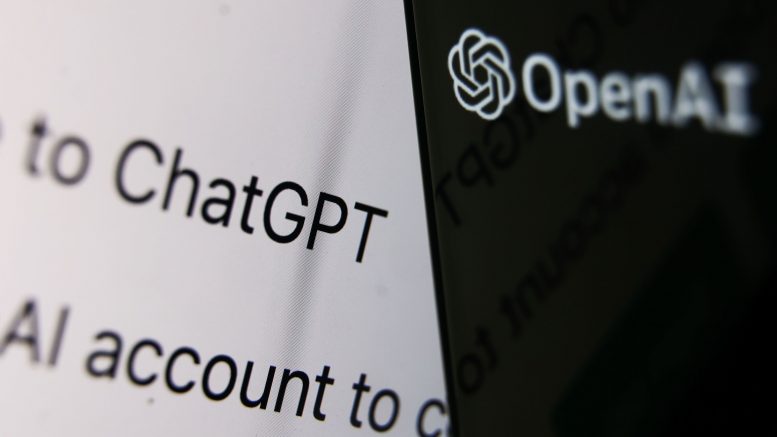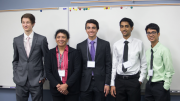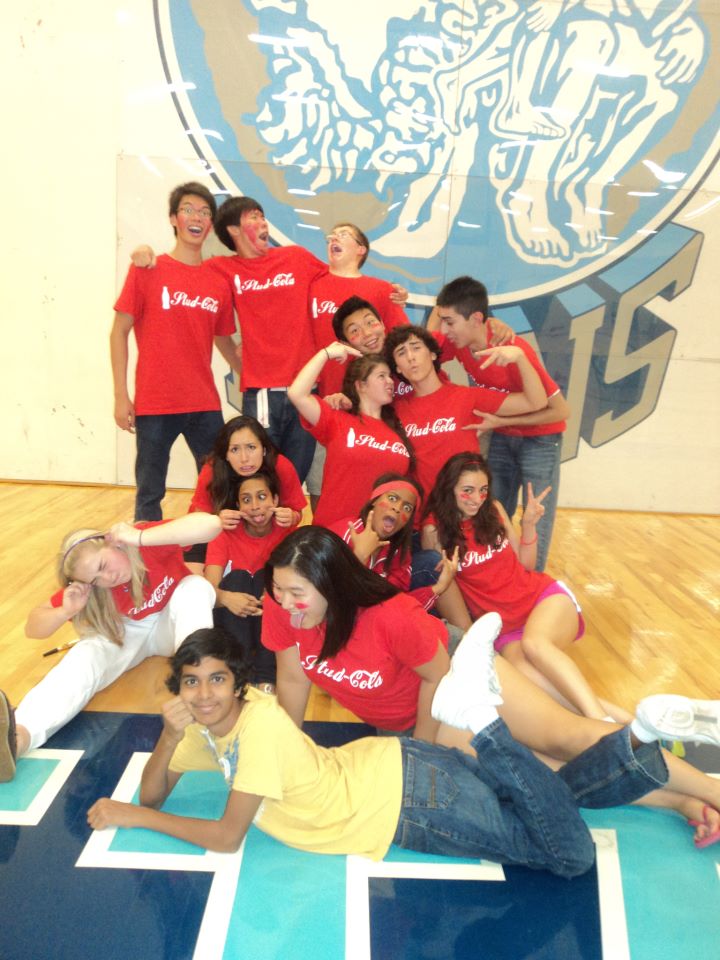In a whirlwind of shiny, brand-spanking AI innovation, ChatGPT has become the forefront of AI writing, transforming education and online communication with its capabilities. Developed by OpenAI, this AI language model is rewriting the rules of engagement in schools – delivering personalized assistance, immersive learning experiences, and a wealth of knowledge at students’ fingertips. Yet, beneath its helpfulness lies a field of… well, lies. Overdependence on ChatGPT threatens to stifle critical thinking skills, and students have begun to use the AI model rather than their writing ability. The realm of essay writing experiences both the marvels and perils of AI as students navigate the fine line between enhancement and reliance, grappling with biases and the potential expiry of their voices. Welcome to the age of ChatGPT, where the challenges loom over us all, standing as invisible walls to seemingly limitless possibilities.
Powered by a deep neural network architecture, ChatGPT possesses the ability to process and understand human language in an eerily natural way. Its creation stems from a culmination of cutting-edge research and state-of-the-art algorithms, allowing it to generate remarkably coherent responses, engage in meaningful conversations, and provide a seemingly infinite repository of knowledge at users’ fingertips. The training process involved exposing ChatGPT to diverse texts from books, articles, and websites, molding it into an unparalleled conversational companion. Unsurprisingly, the integration of ChatGPT in schools has been met with enthusiasm and criticism from educators and students alike. You’d all probably know what ChatGPT is capable of, seeing as it’s already on every teacher’s radar. The AI offers personalized assistance, delivering prompt answers to queries, aiding in research endeavors, and fostering an engaging learning environment. Its ability to simulate human-like interactions has the potential to revolutionize education, providing a virtual tutor and a gateway to a vast universe of information, supplementing traditional teaching methods.
Nowhere is the impact of ChatGPT’s integration felt more than in the realm of essay writing. On the positive side, the AI model can assist students in refining their writing skills, offering grammar and style suggestions, and providing prompts and topic ideas. It can serve as a valuable tool for generating initial drafts and stimulating creativity. Instead of simply generating essay topics, some students see this as an opportunity to take the ideas given to them by ChatGPT and change them, adding their creative twists to these ideas. The instant feedback and guidance offered by ChatGPT can even have the potential to enhance a student’s writing abilities and improve their composition skills. However, with the excitement surrounding ChatGPT’s capabilities, concerns have emerged regarding its drawbacks. One significant downside is the risk of overreliance on ChatGPT, potentially hindering critical thinking skills and stifling independent analysis and writing ability. Students may become reliant on ChatGPT’s instant responses, undermining their ability to understand complex topics and develop the cognitive abilities necessary for problem-solving and creative thinking. Instead of asking yourself, “What are the potential counterarguments of this persuasive piece,” some may find themselves asking the convenient AI to just tell them the answers. This inhibits a writer’s ability to fully understand the topic and provide meaningful analysis as a whole.
To get some teachers’ opinions on the matter, we asked some of IMSA’s beloved faculty about the AI debacle. One important note that Dr. Adam Kotlarczyk (IMSA English teacher) explains is that ChatGPT makes it harder for English teachers to trust anyone, going as far as to start “moving away from things like graded Canvas posts and instead trying to develop alternatives to written assignments.” Even students who swear against ChatGPT can’t be trusted; nowadays, there are too many AI Detectors that can show false positives, leaving teachers with very little wiggle room when it comes to trusting students. Especially now that ChatGPT has existed for a whole school year, it’s hard to determine whether a student’s past writing is an example of their skill or the handy-dandy robot. Teachers can also find themselves stuck on whether a change in students’ writing is caused by the AI model – as Dr. Kotlarczyk notes when asked if he’s noticed any improvement in students’ critical-thinking skills since incorporating ChatGPT into their learning experience, “No. But I haven’t noticed any deterioration yet, either. And even if I had noticed, it would be hard to determine causation vs. correlation.”
On another note, by harnessing the potential of ChatGPT while acknowledging and addressing its limitations, teachers can use the AI model to create a new curriculum for students to learn about writing, research, clarity, critical thinking, and possibly more. As Dr. Shawn Bailey (IMSA History teacher) shared:
I am currently creating an assignment, which I hope to deploy Fall 2023 in one or more of my classes, based on my experience in the above anecdote about George Bird Grinnell and the Glacier View Dam. Essentially… we would ask Chat GPT, Jasper, Bing, or whatever to write a short essay answering a specific research question… Then, students would have to dissect that product on a couple of levels. First, students would fact check the specifics of the essay… Second, students would analyze the style of the essay… Third, students would assess the strength of the historical argument… Fourth, I would have students grade the AI-essay. Is this an A-paper? A C-? Students would have to make comments supporting their position. Finally, students would take all of this analysis and then rewrite the AI-essay into something (hopefully) much better.
AI is still incredibly new, sure, and the advancements that have occurred to bring ChatGPT to where it is today are still incredibly recent, sure. However, with creative thinking from teachers like Dr. Bailey, we believe that ChatGPT is much more than an AI service; with a new way to use the entire internet as a canvas, with the AI model holding the paintbrush, it’s possible that ChatGPT could be used as a teaching tool. Instead of teaching students to shy away from the technology of the future, teaching proper usage and restraint could be the right way to go instead. This would take very careful planning, and students could still possibly misuse the service, but this is a good step in the right direction.






Be the first to comment on "From Pencils to Pixels to AI: ChatGPT’s Academic Antigens and Writing Wonders"